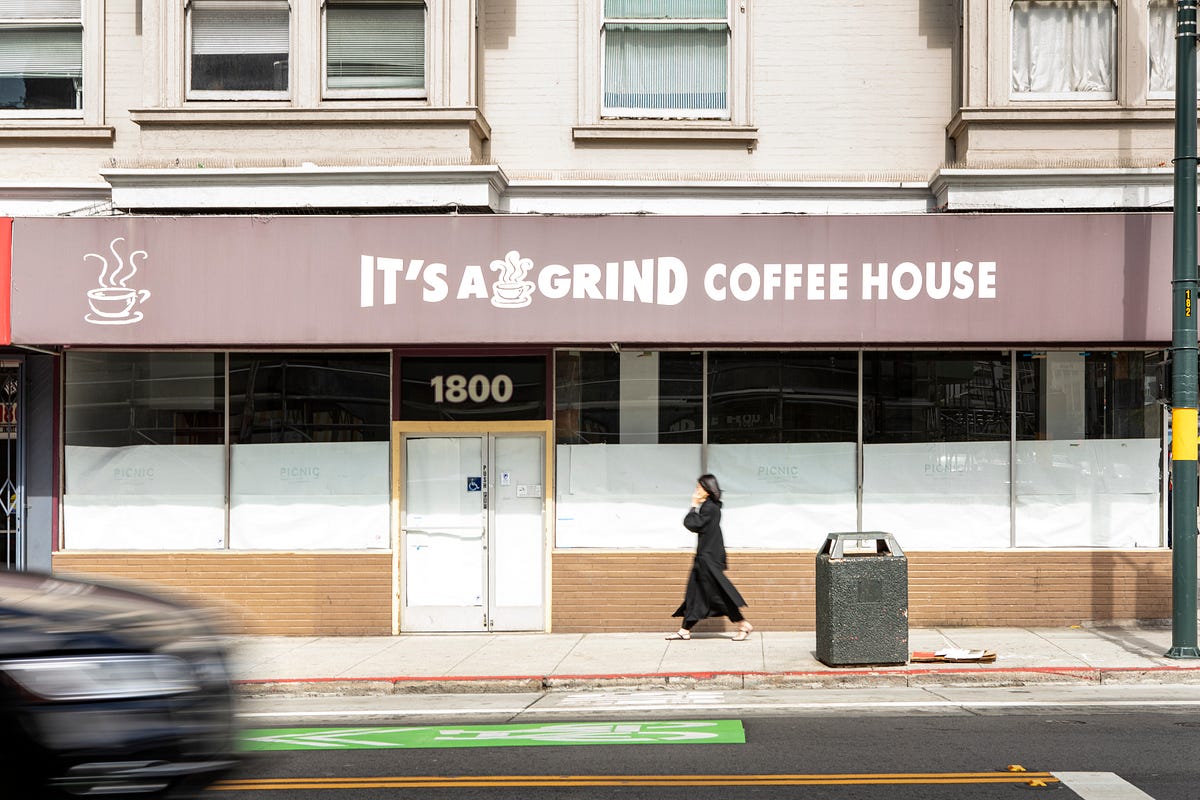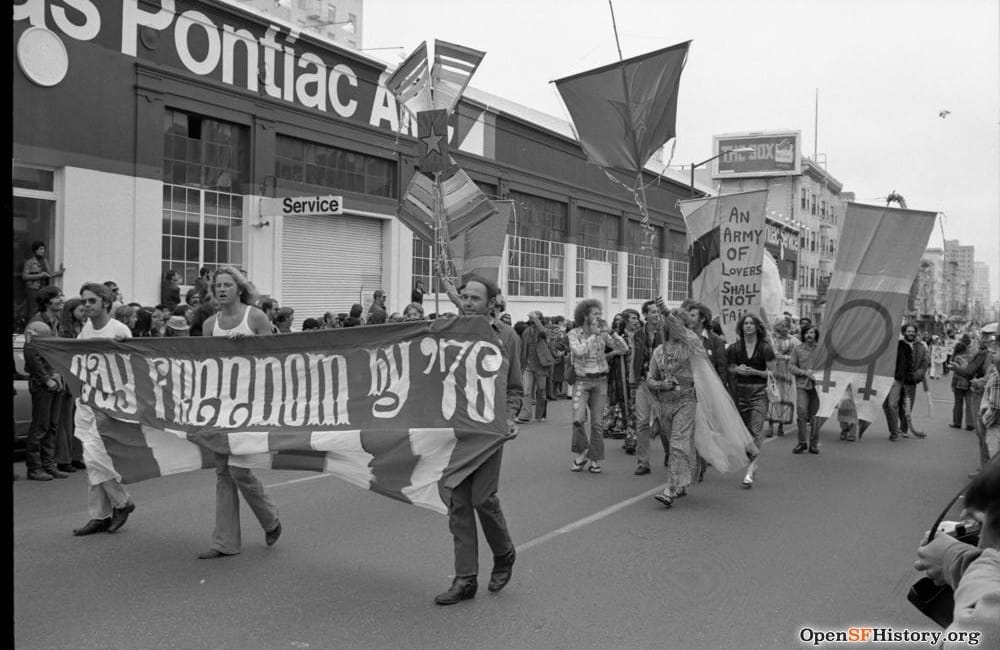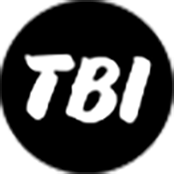This article is part of SF Throwbacks, a feature series that tells historic stories of San Francisco to teach us all more about our city’s past.
Like many young queers, when I first moved to San Francisco I headed right for the Castro. Its reputation as a gay haven had lured me here in the first place. But over time, I found my home in places like the girl-centric bars of the Mission and Bernal, and the boy clubs of SOMA. Lately I’ve been venturing even further to the original queer neighborhood — Polk Gulch.

Before the Castro, there was Polk. From the 1950s through the early 1980s, Polk was the gay center of San Francisco. But it was in the 1970s that Polk Gulch (between Geary and Union) really earned its rainbow stripes. In this pre-AIDS, pro-love era, Polk Street was a booming gay center, filled with clubs, bars, bathhouses, underground and above ground sex clubs, and frontline gay rights groups that laid the foundation for today’s local queer community. In short, Polk started it all.
Today, the area bears little resemblance to the gay hub that it once was. I set out to explore the current and past gay Polk Gulch, getting to know the spots that were and those that remain vibrant still.

1. QT Bar (1312 Post St.)
In the 1970s and ’80s, the QT was the hustler bar on the block. Once a week it hosted an amateur strip night, where young guys, just off the Greyhound bus from out of town, shed their clothes for the local gays. For every drink you bought, you got a ticket to vote on which hustler should win the $100 prize. “The cocktail waiter had a crush on me and would give me handfuls of tickets without buying drinks,” recalls Bus Station John, a DJ who has been spinning in the TL for decades. “I would always vote for the most unappealing, paunchiest hustler on stage.”
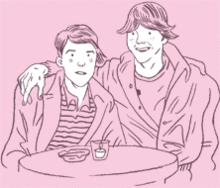

2. The first Gay Pride Parade
In 1972, San Francisco’s first Gay Pride parade was held on Polk Street. More than 3,000 people participated, a massive display of open queerness for the time. The parade route danced its way down Polk, from Aquatic Park, through fancier and straighter Russian Hill, and through the gay ghetto to Civic Center.
3. Jumpin’ Frog (Polk and Broadway)
This popular Polk Street gay bar, which opened in 1960, was one of the first on the corridor. The Jumpin’ Frog was featured in a 1964 Life magazine article about the “homosexual.” The article dubbed San Francisco “The Nation’s Gay Capital,” a title we have gladly held on to for decades.

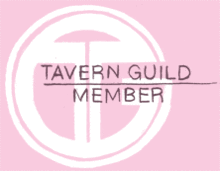
4. Tavern Guild of San Francisco (1741 Polk St.)
The TGSF was the first gay business association in the country. The Guild, which started in 1962, offered a unified gay business presence and protected individual bars and clubs from police harassment, raids, and closures. The first TGSF president was a bartender at The Suzy-Q, a popular gay bar in the ’60s and ’70s.
5. Liberty Baths (1157 Post St .)
A Polk Gulch bathhouse in the 1970s. In 1978, police raided the Liberty and arrested men for “lewd conduct in a public space.” The Liberty Baths also served as a place for gay artists to feature work, and the walls were reportedly covered with gay murals. Like many of the bathhouses, the Liberty Baths closed after the AIDS epidemic began.
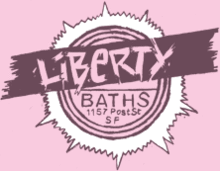
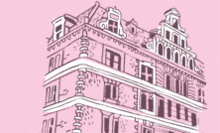
6. California Hall (Polk and Turk)
On New Year’s Day 1965, police raided a Mardi Gras drag ball and gay dance party at the California Hall organized by the Daughters of Bilitis and other gay activists. Three gay lawyers were arrested, prompting quick reaction from the city government. Many consider this the beginning of the more official gay rights movement in San Francisco.

7. The Cinch (1723 Polk St.)
Walking through the saloon-style doors of The Cinch, there’s no question it’s a gay joint. Rainbow flags line the bar, and the walls are filled with art from the mid-’70s when it opened as a drag queen bar and later a cowboy one. The current bartender was once a roller-skating cocktail waiter and he still slings strong drinks today. On weekends, the place fills up with tourists who make their way directly to the pornographic lion-on-man drawing for the requisite photo op. “Sometimes it feels more like a gay-themed bar,” said one patron. “But it’s still my favorite spot.”

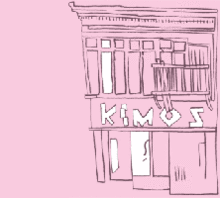
8. Kimo’s (1351 Polk St. )
In the ’70s Kimo’s was one of the centers of gay nightlife. There were nightly shows and some of the best-known queer performers cut their teeth in this predominantly trans bar. Today, it’s a unique blend of old queer and current rocker culture. “This has been my home for a long time,” said Gustavo, who sat sipping a pink drink in the corner. “But it’s gonna be gone soon, baby.” He pointed to a sign in the window. Kimo’s was recently sold to new, straight owners who have plans to gut the place.
9. Gangway (841 Larkin St.)
Though not on Polk Street, this bar — the oldest gay bar in California — is pretty much unchanged since it opened in the ’60s. The hull of a boat hangs above the entranceway, and day and night this tiny Tenderloin dive bar is still full of older gay men who have called this place home for a long time. Cheap drinks and a claw machine filled with porn make this a great stopover on the history tour.
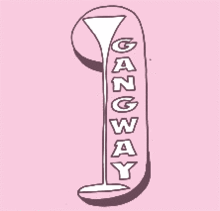

10. Aunt Charlie’s (133 Turk St.)
A few blocks from Polk Street, this carpeted and diligently cell-free TL establishment evokes the Polk Gulch historical feel. The hole-in-the wall is a daytime watering hole for older queers and fills up with younger ones on the weekends. Rumor has it Aunt Charlie’s is owned by a straight cross-dresser who just wanted a bar he could feel at home in. It’s a decidedly San Francisco joint. “If you tell people about this spot, tell them not to come and ruin it,” one patron warned. DJ Bus Station John spins at Aunt Charlie’s on Thursdays.
11. Glide (330 Ellis St.)
Before other churches had openly gay preachers and rainbow flags on their signs, there was Glide. In 1964, Glide banded with the Daughters of Bilitis, the first lesbian rights organization in the nation, to create the Council on Religion and the Homosexual, which sought to educate the religious community about gay issues and taught church leaders to advocate for the LGBT community. Today you can still find drag queens and families sitting side by side in the church.


The best way to learn about the history of Polk Gulch is to spend time in the few places that remain. Bring cash for cheap drinks, and get a real taste of old-school TL gay bars. Head to The Cinch first, and if you get your picture taken in front of the lion/man porn, buy a strong drink or two. Fish for porn in the claw machine at Gangway. Kimo’s will be its glorious original self for a few more months, so get to know this great joint before it’s gone. Pretty soon the only gay bar on Polk Street will be The Cinch. “Not the only,” said a bearded stud at The Cinch, “just the last.”
Further reading on Polk Gulch:
